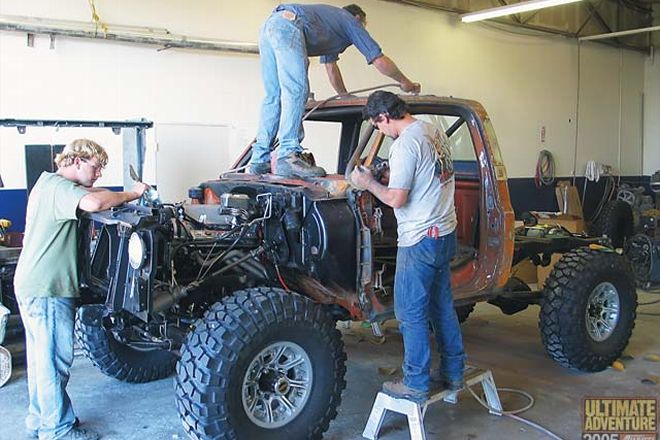
Use these tips to steer clear of paint issues.
We know that painting your own car is an expensive and scary undertaking, especially if it's your first time using a spray gun. Even though most of us consider ourselves Michelangelo when using a rattle can, a professional spray gun can quickly turn you into a bumbling fool. While we are not trying to scare you out of trying something, we just want to make it known that spraying at home is not as easy as simply pulling a trigger. We have done numerous stories on how to block, prime, and paint, but there are still curable issues we are seeing at shows.
We used our contacts in the industry to get some tips to alleviate the most common things we are seeing. We looked to Craig Hopkins of C. Hopkins Rod & Custom and builder of the AMD Chevelle, "Slick" Vic Sapien from Seaside Collision, Dave Findley of Finish Master, and the good folks at DuPont for information. Some of the tips here will sound like common sense, but our experts all agreed it's the simple stuff that gets overlooked the most, especially when you are doing a job as in-depth as body and paint.
PhotosView Slideshow

 PhotosView Slideshow
PhotosView Slideshow


 PhotosView Slideshow
PhotosView Slideshow


 PhotosView Slideshow
PhotosView Slideshow


 PhotosView Slideshow
PhotosView Slideshow


 PhotosView Slideshow
PhotosView Slideshow

 PhotosView Slideshow
PhotosView Slideshow
PhotosView Slideshow
PhotosView Slideshow
















